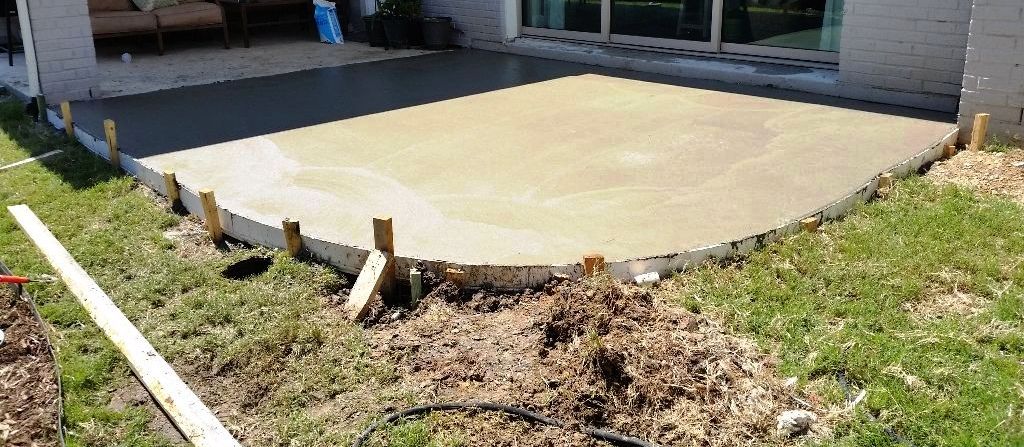
solvida
How to Pour a Concrete Patio
Concrete is one of the most versatile and best patio paving materials you can use to create a solid surface. Not only is concrete used to create home foundations, driveways and sidewalks, but is also widely used to expand your outdoor living space by pouring a concrete patio area. This article outlines how to pour a concrete patio including the ground preparation process, list of materials and tools as well as answers to commonly asked questions about installing a concrete patio.
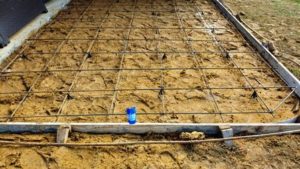
How to Prepare the Ground to Pour a Concrete Patio
Concrete is strong and heavy once dry, so take your time when preparing the ground…you will only want to pour the concrete once!
Here are some step by step instructions for getting the ground ready to pour.
- Secure the necessary permits with your city;
- Mark the new patio area using turf paint;
- Excavate and compact the area so you will be able to achieve a minimum of 4″ of concrete;
- Grade the excavated area with a slope for water runoff away from home or structure;
- Install form boards and form stakes;
- Install rebar on 18″ centers with rebar ties and rebar chairs (check your local city code);
- Schedule initial inspection with your city office.
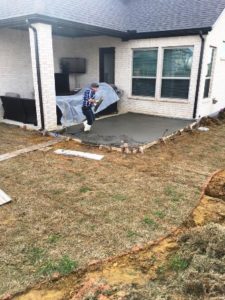
How to Finish a Concrete Patio Slab
There’s a limited amount of time to finish your concrete patio slab before it dries. The most important thing is to have plenty of experienced help on hand because drying times will vary based on outdoor temperatures, humidity and other factors.
Here are general instructions for finishing your concrete patio.
- Pour the concrete inside forms area;
- Use a screed board to level concrete and remove excess;
- Continue leveling the concrete using a bull float;
- Cut control joints with a concrete jointer tool to help prevent cracking;
- Run a concrete edging tool around the perimeter to give the concrete a finished look;
- Smooth finish the concrete using a float made of aluminum or magnesium;
- Apply a textured slip resistant finish using a broom;
- Remove form boards when concrete is dry;
- Schedule final inspection with your city office.

What Materials Do I Need to Pour Concrete?
- Concrete
- Turf Paint
- Nails 16d
- Form Boards
- Form Stakes
- Rebar
- Rebar Ties
- Rebar Chairs
- Expansion Board
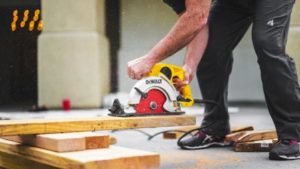
Which Tools Do I Need to Pour Concrete?
- Concrete Mixer
- Circular Saw
- Angle Grinder
- Plate Compactor
- Wheel Barrow
- Shovels
- Garden Rake
- Broom
- Garden Hose
- Hammers
- Concrete Rake
- Tape Measure
- Bull Float
- Finishing Float
- Edger
- Jointer
- Mortar Hoe
- Mason Line
- Line Levels
- Levels
- Screed Board
- Hammer Drill
- Concrete Bits
- Rubber Boots
- Gloves
- Pencil
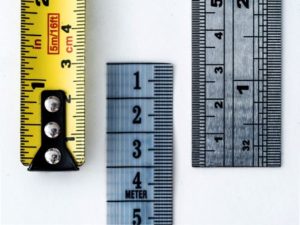
How Thick to Pour a Concrete Patio?
Most residential concrete patio work will need to be poured at a depth of 4″ minimum. It’s best to check your local city codes before excavation begins.
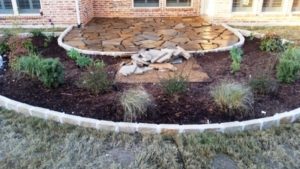
How to Pour a Concrete That Looks Like Flagstone?
Concrete made to look like flagstone or have other colors and textures besides a standard gray is called decorative concrete. Decorative concrete is created with large concrete stamps, texture mats and concrete stains to achieve desired shapes, textures and colors.
Using decorative concrete as a lawn edging is another option and a bit more budget friendly than the cost to install stone lawn edging or hiring a stone mason to build a retaining wall around flower beds.

Can I Pour a Concrete Patio Against a House?
Yes. City building codes may vary, but common practice is to install an expansion board right up against the house. This creates a separation between the patio and the house. Should any movement occur in the concrete patio, it will be free to move independently from the house.

How Long Does it Take to Pour a Patio?
The time it takes to pour a concrete patio will depend on your experience, available tools, how much labor you have on the project and current weather conditions. The time it takes to complete the entire project will also depend on your city’s inspection time. For a typical concrete pour, you can expect the excavation and set up to take one day. City inspections will likely take another day. The concrete pour itself will likely take an additional day.

Can I Use Quickrete to Pour a Patio?
Pouring a concrete patio with Quikrete ready mix bagged concrete is much more difficult than having concrete delivered in a truck. You will have to hand mix in a wheelbarrow (not recommended) or use a portable concrete mixer (recommended) to mix water with bagged concrete. If you choose this method, have plenty of labor on-hand and stick to smaller concrete patios and projects.
If you find using bagged concrete is too labor intensive and time consuming and there’s no budget to hire a concrete contractor, consider building a gravel stone pathway leading to a patio area made of decomposed granite in another area of your backyard.
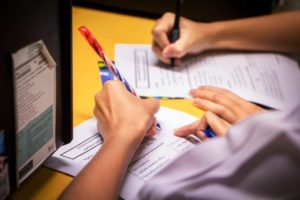
Do I Need a Permit?
Yes….You will need to acquire a building permit from your city office before pouring a concrete patio. Simply go to your local city building inspection department to complete the application and pay for a permit.

Can I Extend a Concrete Patio?
Yes. You can absolutely extend an existing concrete patio. During your set up process, you will need to use a hammer drill with a concrete bit and drill dowel holes in the existing patio slab. Once the dowel holes have been drilled, install rebar into these dowel holes with rebar ties and secure to rebar grid in the new patio extension area before pouring the concrete.

Is it Cheaper to Pour a Concrete Patio or Use Pavers?
It will absolutely be cheaper to have a concrete patio installed versus the cost of installing stone patio paving. Paver patios involve more expensive materials and the installation requires more skill and labor.